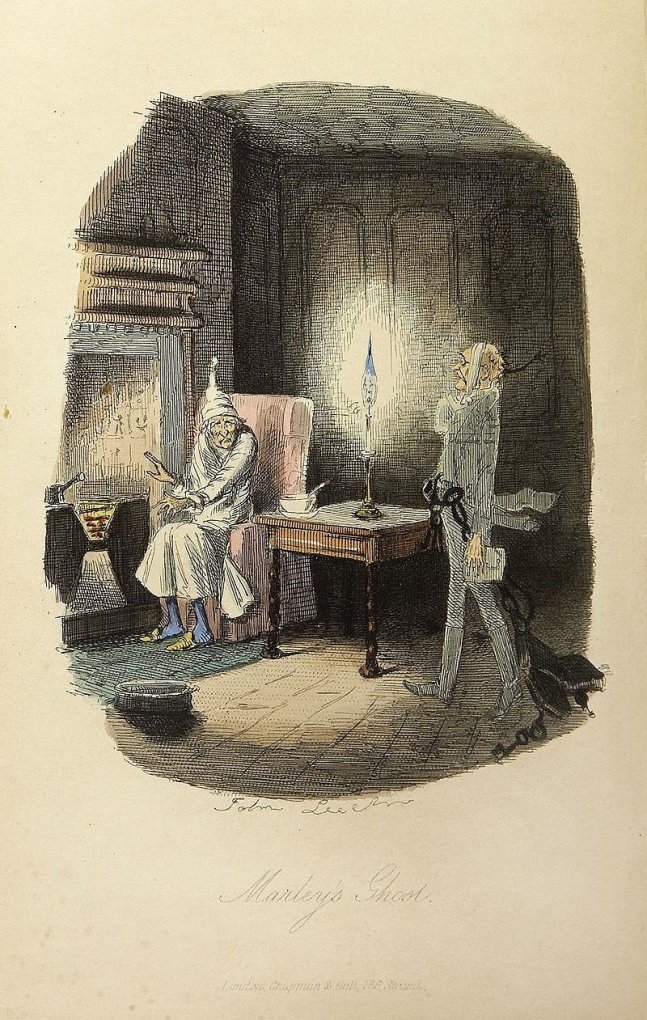Breaking the Chains Forged in Life
In Charles Dickens’ 1843 classic, A Christmas Carol, Ebenezer Scrooge is visited by four ghosts who help him to see the error of his ways and embrace a life of service. His first visitor, the ghost of Jacob Marley, bellows at him, “I wear the chain I forged in life. I made it link by link, and yard by yard.” Marley’s warnings are followed by visits from the ghosts of Christmas Past, Christmas Present, and Christmas Yet to Come. Scrooge is then able to correct the actions that could have led to his demise.
Researchers studying epigenetics take on a similar task. The epigenome—a kind of chemical record of changes in your DNA—doesn’t alter the DNA itself, but can be modified by the external environment, such as diet or toxins. The epigenome then dictates how or when certain genes are expressed, which can lead to positive outcomes, such as increases in height or muscle strength, or negative outcomes, such as an increased risk of cancer. As with Scrooge, when it comes to the epigenome, present actions can greatly impact future outcomes.

By chronicling cellular and physiological traits not caused by changes in the DNA sequence, IRP scientists at the National Cancer Institute (NCI)are beginning to have a better understanding of how epigenetic anti-cancer therapies work. They hope that new insights will eventually lead to the development of innovative therapies that can reprogram abnormal cells rather than kill both cancerous and healthy cells.
There is a forum open to all IRP NCI investigators that brings together backgrounds and expertise to collaborate further on epigenetics—the Center of Excellence in Chromosome Biology includes investigators from fields such as dynamics of chromatin structure and function; epigenetics and gene expression; and nuclear protein interaction dynamics. If you are interested in epigenetics, please join your colleagues as they work to develop therapies that may offer people a different path forward, thus helping to break genetic chains that may have been forged during their lives, or during the lives of others before them.

Related Blog Posts
This page was last updated on Wednesday, July 5, 2023
